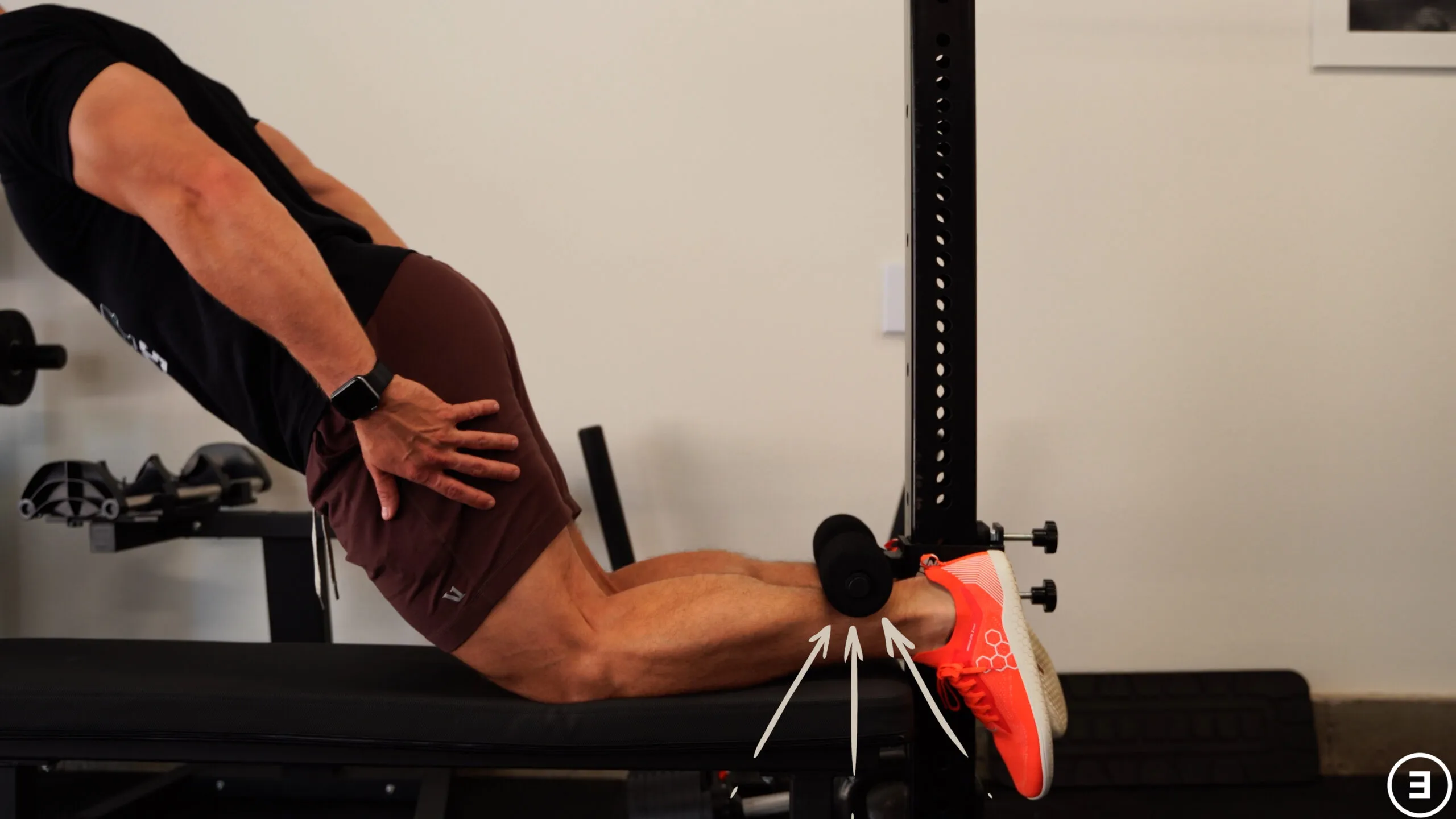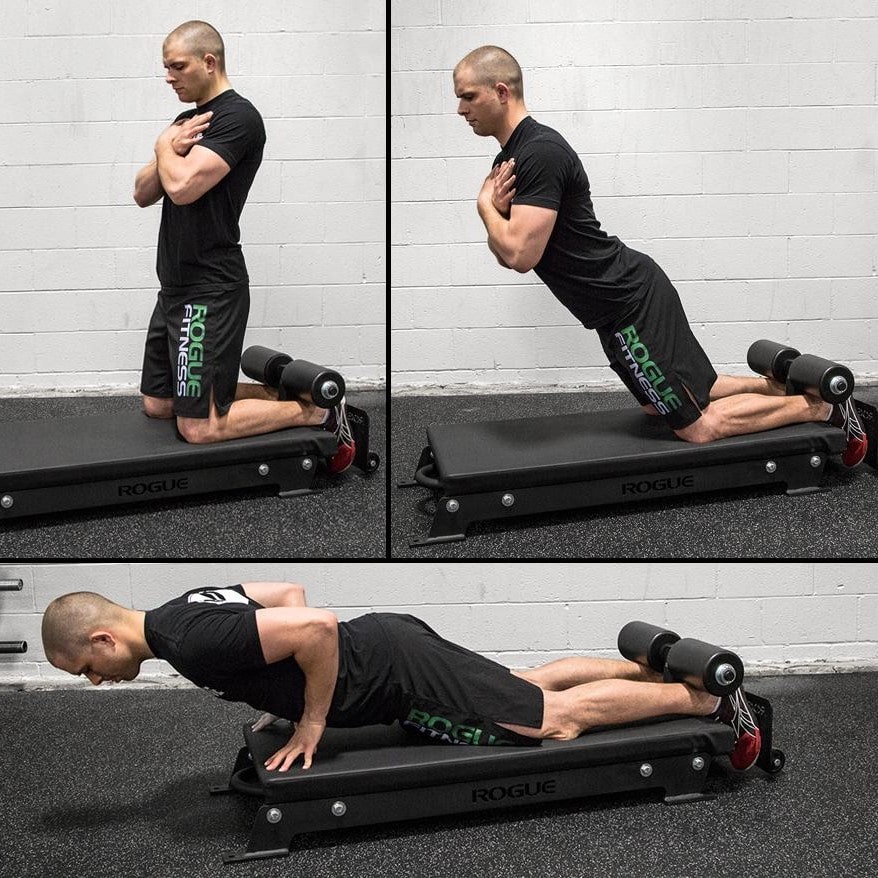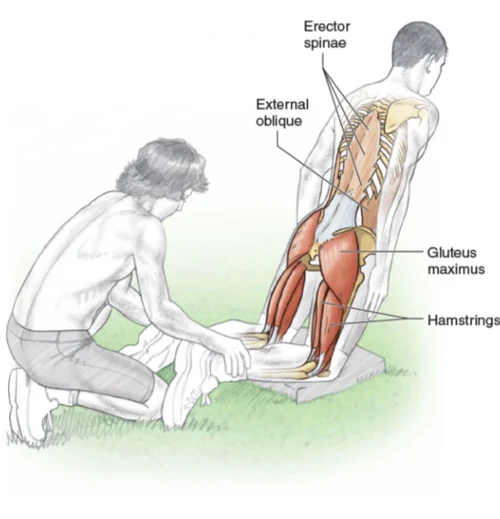In the world of strength training and injury prevention, one exercise that has steadily gained attention for its remarkable benefits is the Nordic hamstring curl. Known for its ability to target the hamstrings with incredible precision, this exercise has become a staple for athletes, fitness enthusiasts, and rehabilitation specialists. Whether you're wondering, “How many Nordic hamstring curls should I be doing?” or “Are Nordic hamstring curls good for building muscle?”, this article will provide you with comprehensive answers and expert insights. Follow us here at People’s Choice Country Awards 2024, See the Complete Winners List!
The Anatomy of the Hamstrings
Before diving into the benefits of the Nordic hamstring curl, it's essential to understand the anatomy of the hamstrings. The hamstrings are a group of three muscles—biceps femoris, semitendinosus, and semimembranosus—located on the back of your thigh. These muscles are responsible for knee flexion (bending the knee) and hip extension (moving the thigh backward), making them crucial for running, jumping, and general lower-body movement. Ensuring their strength and flexibility is vital for both athletic performance and injury prevention, which is why the Nordic hamstring curl has become a go-to exercise for hamstring development.

Related: Master the Lateral Raise, Your Ultimate Guide to Sculpting Strong, Defined Shoulders
Related: Remarkable Rectus Abdominis Exercises to Energize Your Core
What Are the Benefits of Hamstring Exercises?
Hamstring exercises are not only essential for muscle development but also for preventing injury, particularly hamstring strains, which are common in athletes. One of the standout benefits of Nordic hamstring curls is that they train the hamstrings eccentrically. This means the muscles lengthen under tension, which is crucial for preventing injuries during activities that require sudden deceleration or rapid changes in direction.

Research has shown that regularly performing Nordic hamstring curls can significantly reduce the risk of hamstring injuries by up to 50%. Additionally, if you’re asking yourself, “Do Nordic hamstring curls build muscle?” the answer is a resounding yes. This exercise effectively strengthens the hamstrings, which can help enhance athletic performance, improve sprint speed, and increase overall lower body strength.
How to Perform the Nordic Hamstring Curl
Wondering how to do a Nordic hamstring curl? The exercise might look simple at first glance, but it’s known to be one of the more challenging bodyweight movements. To perform a Nordic hamstring curl, follow these steps:

- Start Position: Kneel on the ground with your feet secured, either under a padded bar or with a partner holding your ankles. Your knees should be on a cushioned surface to prevent discomfort.
- Descend Slowly: Keeping your body in a straight line from head to knees, slowly lean forward, controlling the movement with your hamstrings. Keep your arms ready to catch yourself as you lower down.
- Catch and Push: When you can no longer control the descent, catch yourself with your hands, then push yourself back up to the starting position using your hamstrings and glutes.
This eccentric movement is where the magic happens. If you're new to the exercise, you might ask, “Are Nordic hamstring curls hard?” Yes, they are, especially if you’re just starting. But with practice and proper form, you’ll build strength and endurance in no time.
Be Aware!
While Nordic hamstring curls are highly effective, they are also quite intense. You might be asking, “How often should I do Nordic hamstring curls?” The general recommendation is to start with two to three times a week, particularly if you're integrating them into a broader workout routine. Since the exercise is focused on eccentric muscle contraction, which causes a lot of muscle tension, your hamstrings will need adequate time to recover between sessions. If you’re unsure, a good starting point is one to two sets of three to five reps, and as your strength improves, you can increase both the sets and the repetitions.

What Not to Do
There are common mistakes to avoid when doing Nordic hamstring curls. One common error is using too much momentum to get back up, which defeats the purpose of focusing on the eccentric part of the exercise. Another mistake is allowing your hips to sag or arch during the descent, which places unnecessary stress on your lower back and reduces the engagement of your hamstrings. If you’re doing these at-home Nordic curls, ensure you have proper form and a safe setup to prevent injury. For those wondering, “Are Nordic hamstring curls dangerous?” they aren’t inherently dangerous, but poor technique or overtraining can lead to strain or injury, so focus on correct form and don’t overdo it.
Assisted Nordic Hamstring Curls – Exercise Progression
If you’re struggling with the full range of motion, you might want to try assisted Nordic curls. Assisted Nordic curls allow you to build strength gradually without placing excessive strain on your hamstrings. To perform assisted Nordic hamstring curls, use a resistance band or a stability ball to support your body as you lower yourself. This reduces the load on your hamstrings and helps you build the strength needed for unassisted curls. Athlean X Nordic curls, for example, suggest using a resistance band for beginners, which can significantly reduce the difficulty of the exercise.
Workout Table
Exercise | Sets | Reps | Frequency |
Nordic Hamstring Curl | 2-3 | 3-5 | 2-3 times a week |
Assisted Nordic Hamstring Curl | 2-3 | 5-7 | 2-3 times a week |
Nordic Hamstring Curl Progression | 3-4 | 5-10 | Increase reps as strength improves |
By incorporating these into your weekly routine, you’ll not only strengthen your hamstrings but also enhance your overall athletic performance.
Future Outlook of Nordic Hamstring Curls
As research continues to emphasize the importance of eccentric training for injury prevention and muscle development, Nordic hamstring curls are expected to remain a critical component of strength and conditioning programs. With advancements in training tools, such as the Nordic hamstring machine and other home gym setups, we’re likely to see more people incorporating at-home Nordic curls into their routines. Whether you're a seasoned athlete or a fitness enthusiast looking to try something new, the future of this exercise looks bright, especially as more individuals recognize its benefits.